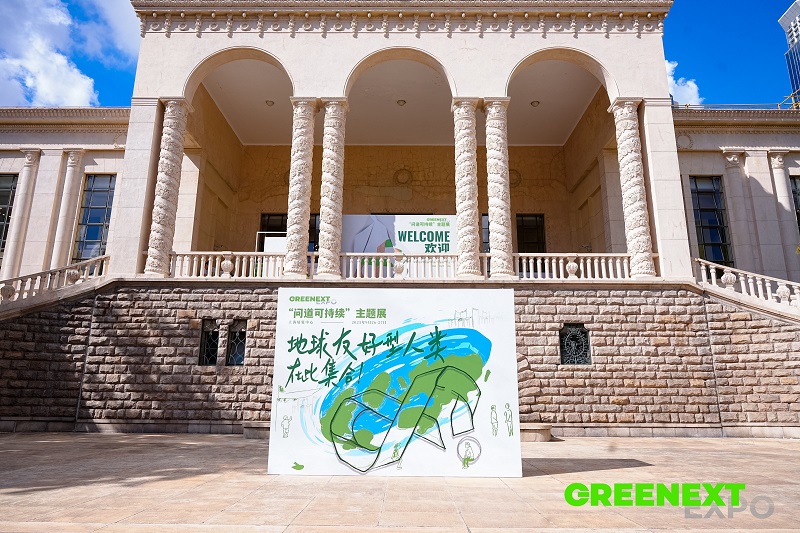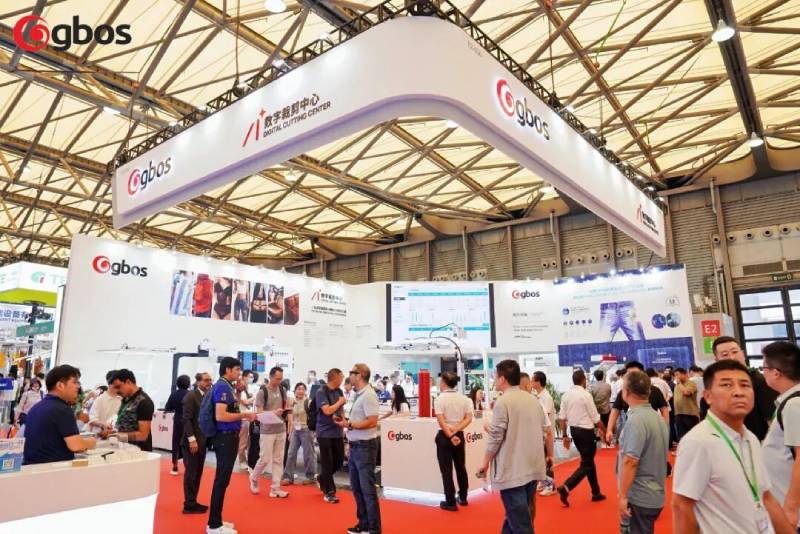
Global fast-fashion behemoth Shein released its extensive 2024 Sustainability and Social Impact Report in June, a document exceeding 100 pages. The report comes amidst the company's recent incorporation of high-profile environmental initiatives, notably becoming a signatory to the UN Global Compact and an approved member of the Science Based Targets initiative (SBTi). Such affiliations typically signal a strong commitment to climate action and ethical conduct. However, a closer look at the report's underlying data, combined with Shein's operational realities, reveals a stark contrast that challenges the credibility of its sustainability narrative.
Growth amidst green pledges
The most striking revelation from Shein's report concerns its greenhouse gas (GHG) emissions. Despite its SBTi approval – an initiative designed to guide companies on ambitious emissions reductions aligned with climate science – Shein reported a 23 per cent growth in GHG emissions based on a restated prior year. Over the last three years, this growth escalates nearly 300 per cent. To put this into perspective, Shein's current emissions volume dwarfs that of its major competitors:
Shein vs. peers (approximate GHG emissions comparison)
o Shein: Nearly 2X Inditex (Zara)
o Shein: 3X H&M
o Shein: 2.5X Nike
The company's target to reduce Scope 3 emissions by 25 per cent by 2030, a cornerstone of its SBTi commitment, stretches credulity when juxtaposed against its current growth trajectory.
Analysts suggest that achieving this target, assuming continued company growth, would necessitate an implausible 85 per cent per-unit reduction in carbon intensity – a feat rarely seen in any industry, let alone a rapidly expanding fast-fashion model. Compounding this skepticism, Shein's own materiality matrix, a tool for identifying business risks and opportunities, classifies ‘Climate Change’ as financially immaterial to the company. This internal assessment appears to contradict the very essence of sustainability leadership it claims externally.
The air freight addiction
A major driver of Shein's colossal emissions footprint is its logistics strategy. The report highlights transportation emissions of 8.5 million tons of CO2. This figure alone is approximately 60 per cent higher than the total emissions of Adidas, a company with a global footprint and established supply chains. The root cause lies in Shein's heavy reliance on air shipment. Air transport is exponentially more carbon-intensive than sea freight, typically consuming 40 to 50 times more emissions per ton-mile. This reliance on rapid air delivery is intrinsically linked to Shein's 'instant fashion' model, which thrives on quick turnaround times from design to consumer, bypassing slower, less emissions-heavy shipping methods.
Synthetic saturation and distant circularity goals
The material composition of Shein's products further complicates its sustainability claims. Over 85 per cent of its garments are made from synthetics, primarily derived from fossil fuels. This heavy dependence on petroleum-based fabrics runs counter to principles of environmental stewardship and circularity.
While Shein publicly commits to "establish a fully circular textile supply chain by 2050" and achieve "NetZero by 2050," these commitments are decades away and lack interim, binding consequences. Critics argue the fundamental nature of 'instant fashion' – rapid production of low-cost, disposable garments – actively undermines the very concept of circularity. Such a model inevitably clogs collection points and overwhelms second-hand markets, creating an ever-increasing waste stream rather than a closed loop.
Audit findings and gaps in social impact
Beyond environmental concerns, Shein's report also touches on its social impact efforts, particularly factory audits. The company conducted over 4,000 audits, with a commendable 95 per cent carried out by third-party auditors. However, the outcomes reveal a concerning picture: 53 per cent of these audits resulted in grades of C or below, indicating significant non-compliance or areas for improvement. Despite these widespread deficiencies, only 12 factories were terminated. This suggests a lenient approach to addressing systemic issues within its supply chain, raising questions about the company's commitment to robust social standards and worker welfare.
Beyond the report
The issues highlighted within and implied by Shein's own report are just a fraction of the broader criticisms leveled against the company. Concerns persist regarding "dark patterns" in its e-commerce practices, allegations of intellectual property infringement, the sheer volume of waste generated by its 'instant fashion' model, and even the reported use of banned cotton.
In sum, while Shein's 2024 Sustainability and Social Impact Report aims to project an image of responsibility, a critical examination of its disclosed data and operational practices suggests a significant chasm between stated ambitions and current realities. The question remains: how believable are Shein's claims when its core business model appears to be fundamentally at odds with genuine sustainability and impactful social change?











